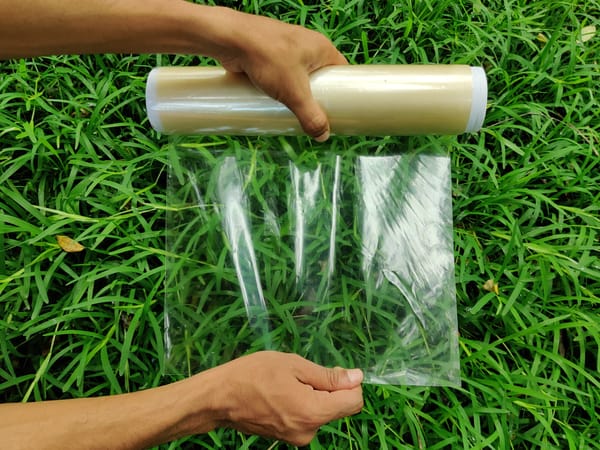Beyond Net Zero: How Carbon Credits Can Help Businesses Reach Additional Social and Environmental Goals
Carbon credit projects can go beyond offsetting emissions by also providing economic opportunities to local communities, supporting biodiversity and more.

Cutting all carbon emissions in the near term is impractical for many businesses. Even when using renewable energy for transportation, adapting buildings to use less energy, digitizing paper-based processes, and more, lower levels of emissions tend to linger.
For example, “solar panel production is reliant on fossil fuels. It also involves mining for precious metals, which contributes to greenhouse gasses and pollution,” notes EcoWatch.
That’s not to say that businesses shouldn’t switch to renewable energy; far from it. The benefits, including lower emissions compared to fossil fuels, can easily pay off over time. Nor should businesses consider themselves to be off the hook for getting to net zero.
Instead, they can turn to carbon credits to offset emissions they haven’t been able to cut yet.





